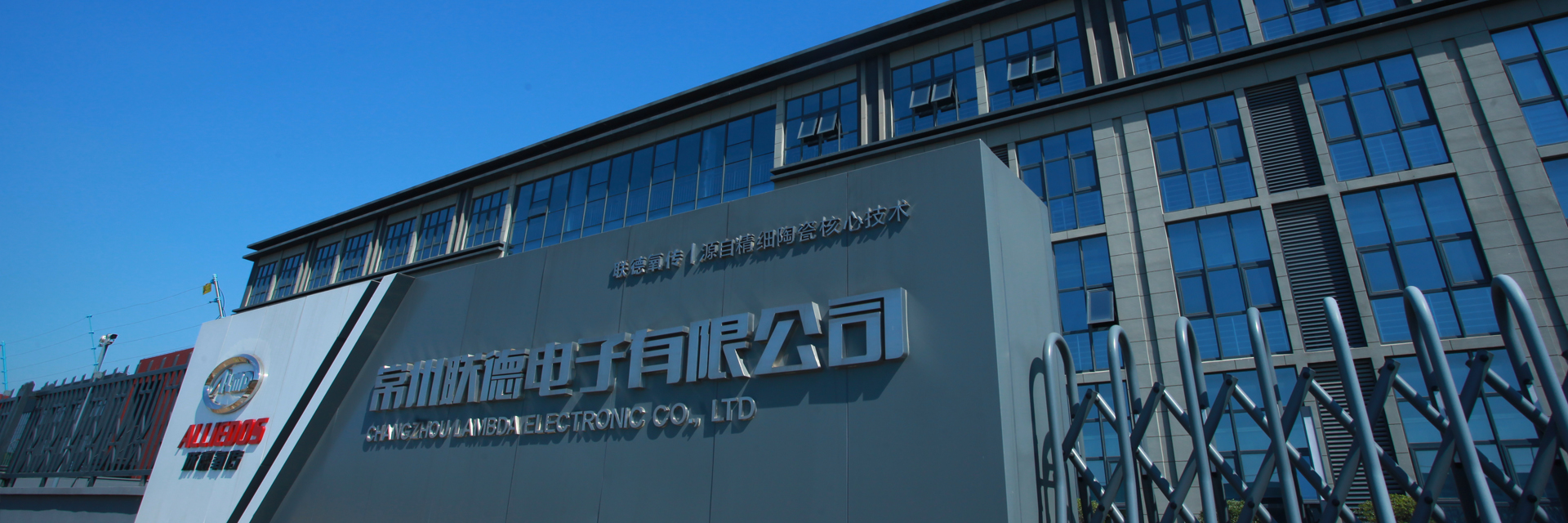


Light off times
Lambda sensor is the key part in the Electronic Fuel Injection system to measure the level of oxygen in the exhaust emission and convert it into the voltage signal. The EFI system can use this signal to regulate the ratio of air/fuel and ensure an optimum air-fuel mixture. This enables the 3-way catalyst to reduce elements such as HC, CO and NOx in the exhaust emission by up to 99%. With the improvement of exhaust gas emission standard from EUROⅠto EUROⅤ, the automobile oxygen sensor also experienced the development from the first generation to the fifth.
The 1st and 2nd generation lambda sensors:
U-shaped thimble sensor element and without internal heater, the assembly is case grounded, with 1 signal wire or 2 signal and grounded wires. Meet EURO Ⅰ emission standard.
The 3rd generation lambda sensors:
U-shaped thimble sensor element and with internal heater, the assembly is case grounded or isolated, with 3 wires or 4 wires (2 heating wires). The normal version meets EURO Ⅱ/Ⅲ, and the improved version can meet EURO Ⅳ.
The 4th generation lambda sensor:
Integrated planar sensor element with heater, the assembly is case isolated, the assembly is case isolated and with 4 wires (2 heating wires). Its light-off time can be reduced to less than 10 seconds, which can meet the emission standard of EURO Ⅳ.
The 4.5th generation oxygen sensor:
Named as Air/Fuel Ratio sensor, which uses the limiting current pumping cell to replace the traditional cell. However, the Nernst lambda sensor can detect the only stoichiometric A/F ratio. When the A/F ratio is suddenly deviated from the stoichiometric point under transient conditions, such as in acceleration or deceleration, the sensor cannot detect the deviation, so cannot correct it. To solve this problem, the system need to install the Air/fuel Ration sensor in the upstream of a catalytic converter to quantitatively detect deviation from the stoichiometric A/F ratio under transient conditions, and to
The 5th generation oxygen sensor:
Dual cell 5-wire wide band oxygen sensor consists of 3 parts: heater, limiting current pumping cell, Nernst cell and heater. The pumping current is closed loop controlled by an electronic circuit comparing the actual Nernst cell voltage with a reference voltage of f±450 mV. The pumping current characteristic is monotonic with positive currents in lean exhaust gases, negative in rich exhaust gases and zero at λ=1. The range of application varies from continuous λ=1 control to lean burn control, diesel control, CNG engines, burners and measuring devices.
The 6th generation Smart NOx sensor:
The Smart NOx Sensor consists of 2 parts,sensor body and signal control unit(SCU).In the working principle,it depends on three pumping cells coupling feedback effect to measure the NOx concentration and Air/Fuel Ratio in the exhaust gas.This sensor is widely used in the Diesel engine and industrial combustion exhaust gas treatment system(such as SCR and EGR).